We often get asked about whether customers should have their tires “heat cycled”. So, as part of our technical series, here is the straight truth on what heat cycling is about and why it should be done to competition tires. Plus, we can also say from personal experience, both when we competitively raced go-karts for 5 years, we had a very specific science on the “trick” to get your tires cycled (since we didn’t have a TireRack to do the service for go-kart race tires)….which are incredibly soft…and the results were very dramatic, we could cut seconds off our qualifying times, and we could get longer life. We also saw this with track tires this past October at the Global Tuner Grand Prix. We had brought multiple sets of tires, as we were trying to find the best match for the event, and 2 sets we had “heat cycled”, and 2 sets we did not. There was no question on the benefits of the heat cycling…..it does produce real results and benefits.
Leading tire manufacturers including Avon, BFGoodrich, Hoosier, Kumho, Nitto and Yokohama offer competition type tires that qualify as DOT legal for street use. Autocrossing, track days, Hooked On Driving Group D events, Club race days, driving schools and other racing venues require this capability of tire for maximum performance, and to bring the biggest smile to your face. However, like any high performance part, these tires require careful break-in to achieve the full benefit of their construction. Most of these tires are not cheap, and due to their softer compound construction, finding the ways to get the most out of the tire performance wise, while also extending the usable life is a very good thing.
A competition tire is built with a highly sophisticated tread compound. This compound is capable of sustaining traction throughout a much wider temperature range, but is also extremely sensitive to the first heat cycle of its use. The first time a competition tire is used is the most important. During that run, its tread compound is stretched, some of the weaker bonds between the rubber molecules will be broken (which generates some of the heat). If the tires are initially run too hard or too long, some of the stronger bonds will also be broken which will reduces the tire’s grip and wear qualities. Running new tires through an easy heat cycle first, and allowing them to relax allows the rubber bonds to relink in a more uniform manner than they were originally manufactured. It actually makes them more consistent in strength and more resistant to losing their strength the next time they are used. An important heat cycling step is that after being brought up to temperature, the tires require a minimum of 24 to 48 hours to relax and reform the bonds between their rubber molecules.During this cycle, if controlled precisely, the tread compound stretches as it heats, breaking the weaker, shorter molecular bonds within the rubber. The benefit of this process is a tread compound that lasts longer and provides better traction. However, if the first cycle is not performed correctly, the tread may develop irregular compounding, leading to poor wear and inconsistent traction……meaning it won’t grip and will feel “greasy”, and won’t last very long.
In the past, many racers tried to “heat cycle” their own tires with mixed results. In addition to the inconsistency, there was the inconvenience of mounting and dismounting the tires before using them to race (after the first heat cycle, a competition tire must be rested 24 to 48 hours to let the tire cool and set to reform the molecular bonds).
Both Discount Tire and Tire Rack offer heat cycling options or services. Heat cycling system ensures consistent results by maintaining key conditions during the process: vertical scrubbing and “soft” temperature curve. Using rollers of proprietary design and placement, the system generates uniform heating and temperature build up throughout the tread by rolling the tire and exerting vertical scrubbing force only. This condition is not achievable while the tires are on a vehicle due to camber. No lateral force is applied. A soft temperature curve, where the tire is gradually heated and then cooled over a specified time (ambient temperature must be consistent as well), is maintained and monitored during the cycle. In this way the entire tread is heat cycled uniformly throughout its depth and width.
When you order tires from us, you can request “heat cycling”, and we will include this service as part of the solution.
BRracing…..performing at the limit.
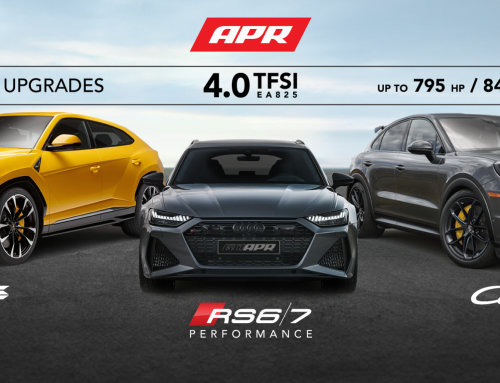
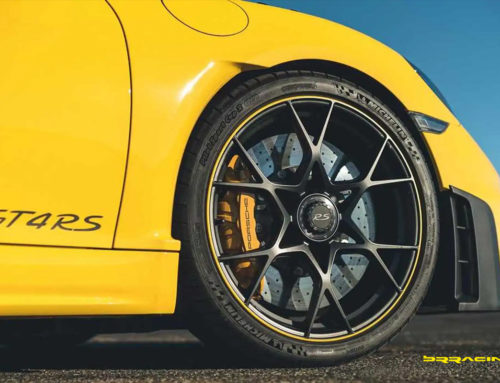
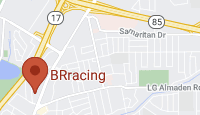
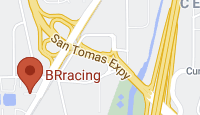
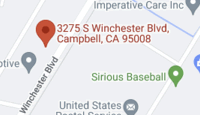
[…] 538 For those unfamiliar with heat cycling competition tires, here's a little data: https://www.brrperformance.com/www/?p=1129 https://www.tirerack.com/www/hunte…le-and-shaving […]